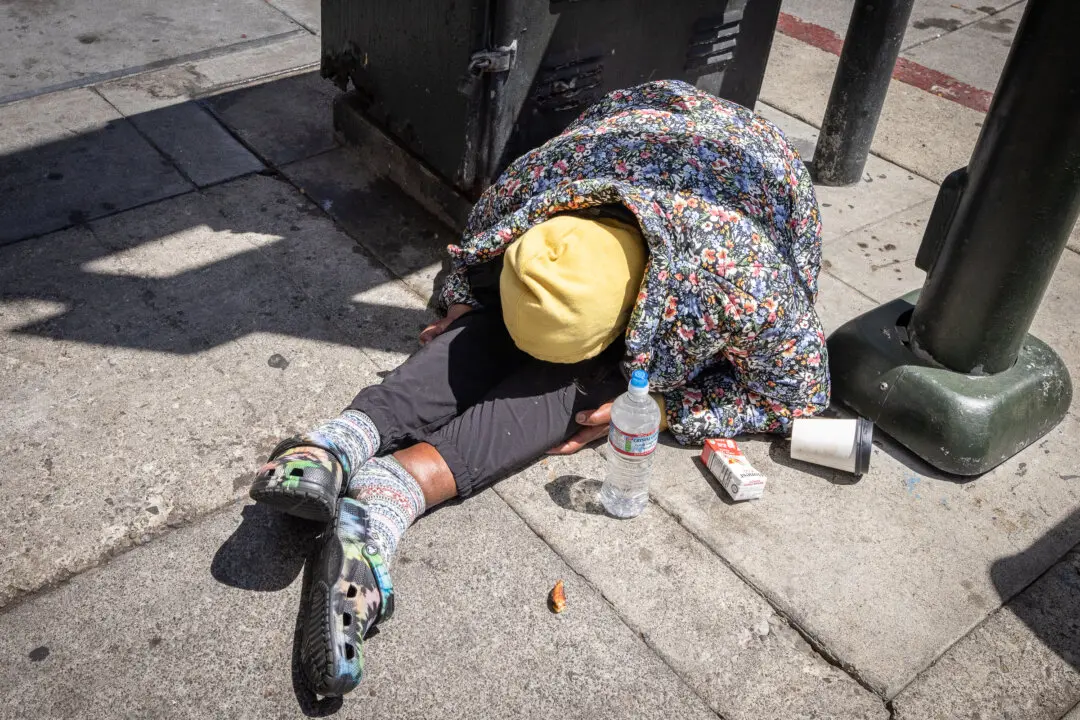California is facing a $54.3 billion budget shortfall that will likely mean tax increases and deep cuts to education funding, Gov. Gavin Newsom’s administration warned on May 7.
Assemblyman Phil Ting (D-San Francisco), chairman of the assembly budget committee, said in a news conference the same day that the state’s reserve fund is about $16 billion, only a third of what the state needs to cover the projected deficit.





